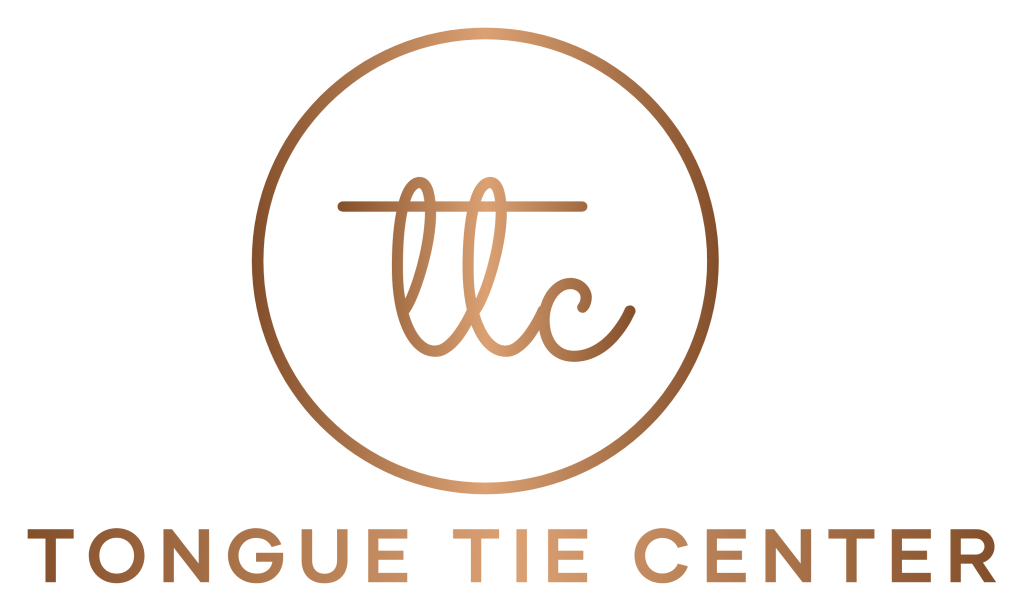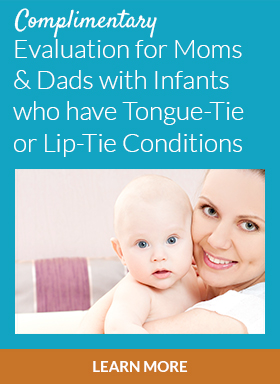Frequent Flyers? Here’s Some Important Dental Advice

This article describes some of the oral health and hygiene risks that face frequent flyers and travelers. It then goes on to provide recommendations.
Travelling long distances can take quite a toll on your body. There’s the difference in local time that you need to adjust to, a lack of sleep, cramped seating arrangements and let’s not forget airplane food. But according to the , frequent flyers are not only contending with a tired and sore body. They are also at an increased risk of developing a bacterial infection of the gums, which, if left untreated, could progress into the acute and chronic condition known as periodontal disease.
Periodontal Disease : Seeing the Connection
Oral bacterial infection – periodontal disease – is caused by a combination of poor oral hygiene and a diet that is high in sugar and low in essential nutrients, amongst other factors. This is where frequent flyers need to be careful, says the . When you’re in the air, trapped in your seat for the duration of four to twelve hours and even more, your oral health can take a nosedive. This is not only because your usual oral hygiene routine of brushing and flossing is put on hold, says the , but also because passengers tend to suck on sweets or snack on sugar-rich foods to distract them from the boredom of a long-haul flight. In addition to this, the air inside the aircraft is usually kept cold and dry; fall asleep with your mouth open and all that essential tooth-protecting saliva is evaporated, leaving the enamel vulnerable to bacteria.
The Recommends
Now a single long-haul flight is not going to cause the development of periodontal disease . The point is that if you are a regular flyer – perhaps because of business, college, or family – then you need to be aware of the risk your pearly whites are at. The recommends that you:
- Travel with a toothbrush, toothpaste and anti-bacterial mouthwash in your carry-on luggage. Make sure it is easily accessible throughout the flight and try to brush your teeth after your meal. Gargle with mouthwash every two hours or so, says the .
- Instead of sucking on sugary sweets and snacks, chew sugar-free gum. The stimulated flow of saliva not only compels you to swallow, helping your ears cope with the change in cabin pressure, but the natural anti-bacterial enzymes in it also help to protect your teeth.
- Drink plenty of water, says the . This will keep your body well-hydrated while helping to flush out all the bacteria that naturally accumulate after eating or snacking.
- If snacking gets you through long-haul flights, then try to pack or shop healthily. You don’t need three packets of chips, an assortment of candy bars and a galaxy of sweets to keep you occupied, says the . Try other distractions such as magazines, puzzles, a newspaper or novel.
- Sometimes people just eat because they are bored and this constant snacking leaves the enamel of your teeth vulnerable to elevated acid levels as well as bacterial activity.
A Final Note from the
Regular travelers – especially those that frequently find themselves on long-haul flights – should re-evaluate their habits and remember that their oral health is a priority that requires constant consideration, even at 39,000 ft. above sea level! Periodontal disease can readily be avoided through a simple change of habit and lifestyle.
The post Frequent Flyers? Here’s Some Important Dental Advice appeared first on Kenneth R. Levine, DDS.

